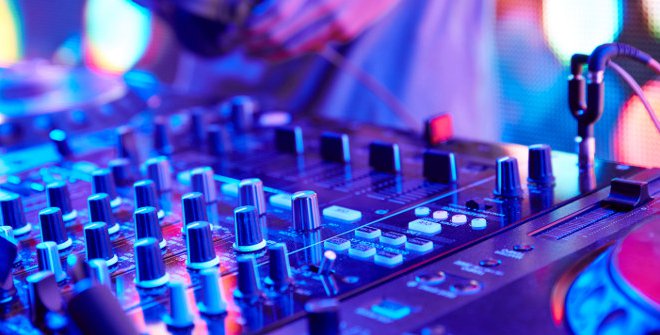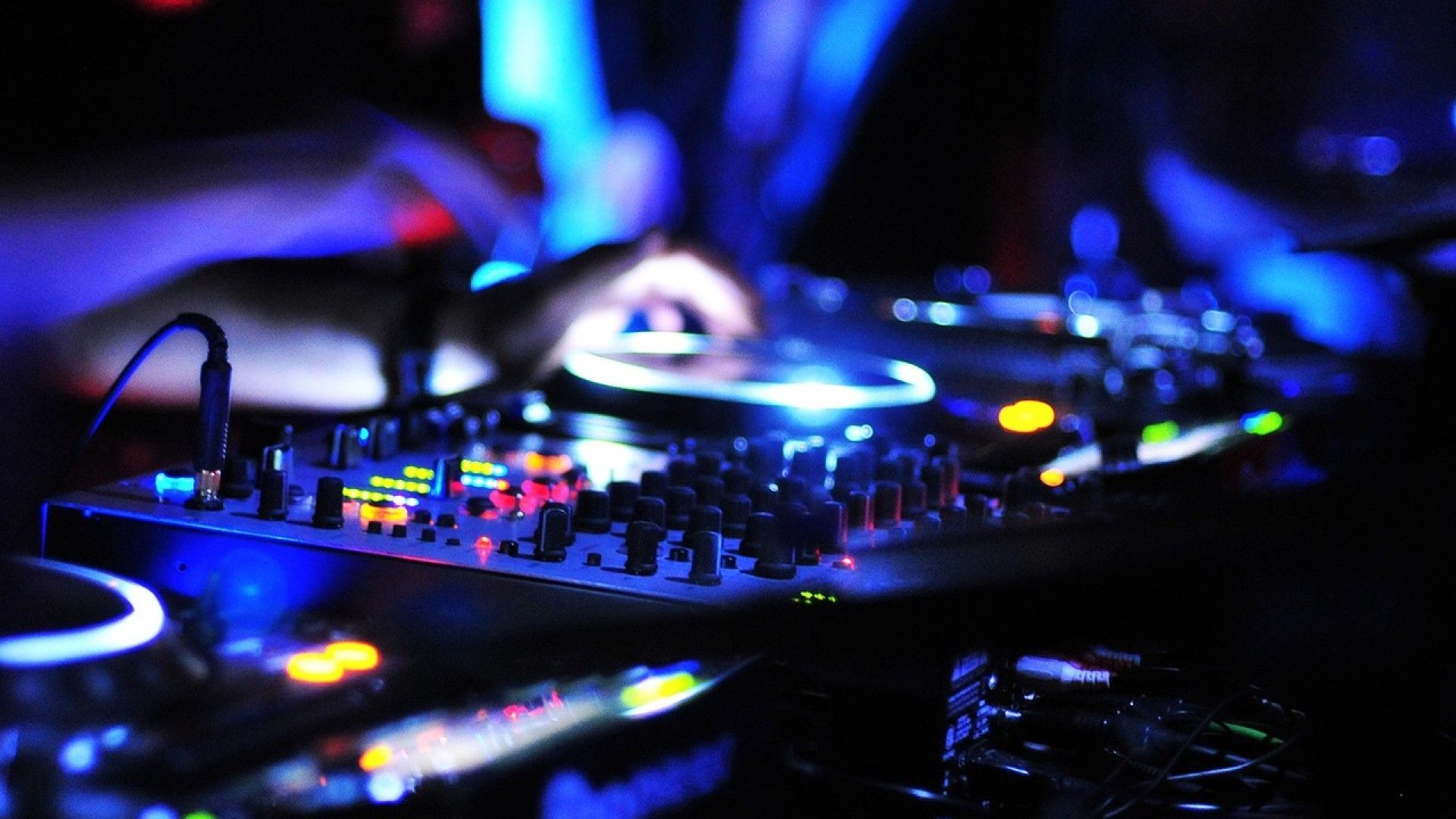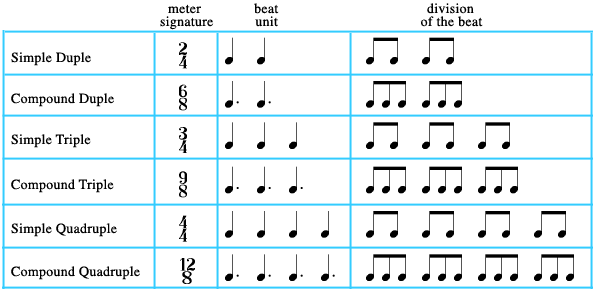BEAT AND TEMPO
Have you ever heard your heart beat? If you pay attention when you are alone you can hear a continuous ticking.Each tick is a beat or pulse. When you listen to a song, you can feel the same thing, can´t you? The beat must be constant and regular in music.
The tempo of a piece of music is its speed or, the beat speed. There are two ways of specifying a tempo. One way is to use a metronome. A metronome is a musical tool that measures a beat-per-minute tempo as a ticking sound. A metronome uses tempo markings, which tells us how fast the music should be felt. How fast a piece of music is felt depends on several different things, including the texture and complexity of the music. Metronome markings are absolute and specific, and they are given in beats per minute. Other tempo markings (Largo, Andante, Vivace, etc.) are verbal descriptions which are more relative and subjective. Both types of markings usually appear above the staff, at the beginning of the piece. Tempo instructions are traditionally given in Italian. Some common tempo markings are:
Largo – quite slow
Adagio – slow
Andante – a medium slow tempo
Allegro – fast
Vivace – lively
Presto – very fast
.

La indicación metronómica es exacta. Está indicada en pulsos por minuto por lo que, en este caso, el metrónomo nos marcaría 184 en un minuto.
Descripción verbal. Un tempo Vivace indica que hay que tocar vivo o rápido.
Gradual changes in the basic tempo are also common in music, and these have their own set of terms:
Accelerando – (abbreviated accel.) accelerating; getting faster.
Ritardando – (abbrev. rit.) slowing down.
Ritenuto – (abbrev. riten.) slower.
Rallentando – (abbrev. rall.) gradually slower.
ACCENT, MEASURE AND RHYTHM
Measure organizes the beats or pulsations in groups of two, three and four. A measure (or bar) is a pattern of a group of beats which begin with a stressed beat. This stressed beat is the natural accent of the measure and always falls on the first beat.
Music cannot exist without time. The placement of the sounds in time is the rhythm of a piece of music. Since music must be heard over a period of time, rhythm is one of the most basic elements of music. It is very common to find measures in groups of two, three or four beats. We call them duple, triple and quadruple meters. The measure, or the meter of a piece, is its basic rhythm.
The time signature appears at the beginning of a piece of music. It tells you two things: how many beats are in each measure, and what type of note gets a beat. The time signature is the symbol that tells you the measure of the piece and how (with what type of note) it is written. To separate measures, we use the barline.















